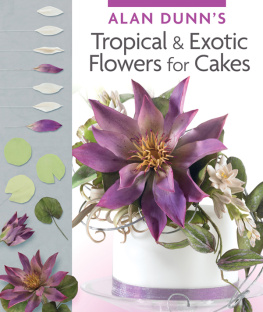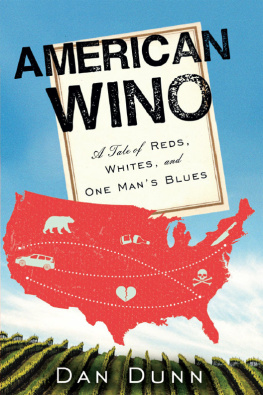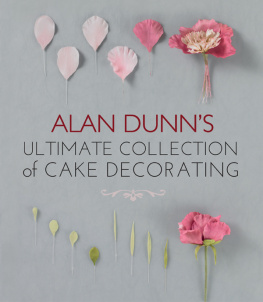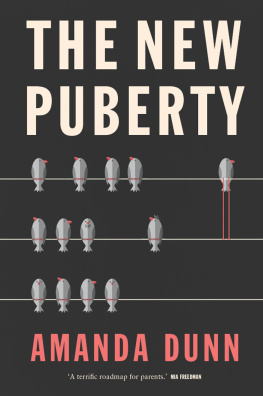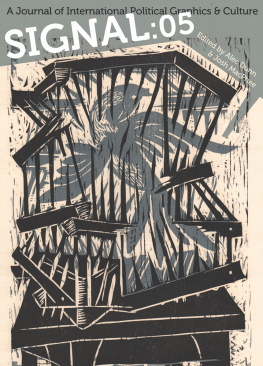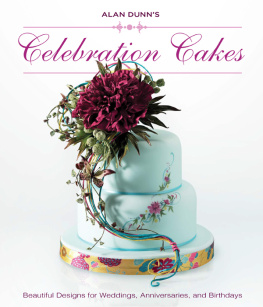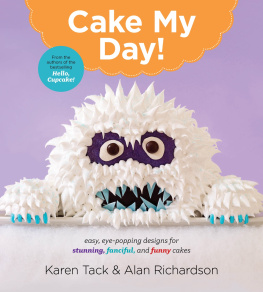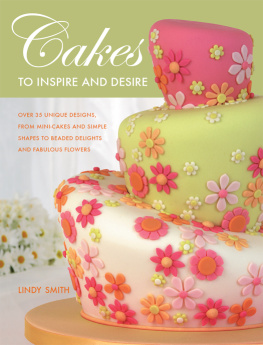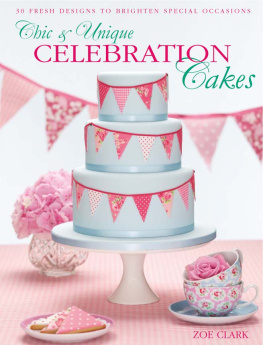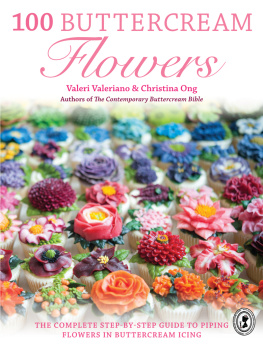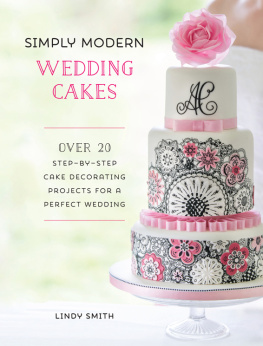Contents
Guide

Contents
Introduction
It is now almost twenty-five years since I started cake decorating and making sugar flowers. The first flowers I was taught were the rose, carnation and sweet-pea all flowers that I loved making. However, it was the lessons that followed on exotic orchids and other more exotic and tropical flowers that really captured my imagination and fuelled my passion for making flowers.
I have included several exotic flowers in most of my previous books but I was thrilled to be given the chance to write this book concentrating on some of my more favourite tropical and exotic flowers and foliage. This book features many familiar exotic flowers as well as some more unusual species, combining them to create eye-catching displays that work well on all types of celebration cakes.
I love working with strong and vibrantly coloured flowers, foliage, berries and seed-heads, often using what seem like clashing colours at first glance but trying to strike a colour note that helps create a happy balance to make them sing together. With the cakes and floral displays in this book I have tried to illustrate how the flowers can be used in a way that would appeal to the general public and cake decorators alike. It can sometimes be tricky introducing unusual and exotic flowers into cake design and sometimes the inclusion of the ever-popular and more familiar rose is all that is needed to convince a customer or recipient that tropical and exotic flowers can help add extra interest and drama to a cake design.
Whenever I travel I try to take photographs and sketches of the flowers I see, dissecting them to make templates, which always comes in very useful when I get home to start work on creating those flowers in sugar or cold porcelain. It is also fairly easy to obtain many species from garden centres and from florists. I also have a large collection of flower and gardening books, which can make reference work much easier, as well as images and a whole load of information at my disposal on the internet.
How closely you copy the flowers will depend on how you intend to use them. For a competition, you will need them to be fairly accurate. If you are creating flowers for you or a cake commission, however, dont be afraid to alter and tweak the flowers to create something that might not be botanically correct but captures the spirit of the plant or reflects the mood that you yourself are in at the time of creating them. Go with your gut instinct and enjoy what can often be a fairly time-consuming process. This is what makes the work unique and adds character to a display. The cakes and floral displays in this book are there only as suggestions and you can decide to recreate them exactly or mix and match the elements to create designs individual to you.
Alan Dunn

EQUIPMENT, MATERIALS, RECIPES AND TECHNIQUES
There is a huge array of sugarcraft equipment and materials available commerically. Here, a variety of items that I consider to be very useful are listed.
EQUIPMENT
Non-stick board
This is an essential addition to the flower-makers workbox. Avoid white boards as they strain the eyes too much. Some boards can be very shiny, making it difficult to frill the petals against them. If this is the case, simply roughen up the surface using some fine glass paper prior to use or turn over the board and use the back, which is often less shiny. I always apply a thin layer of white vegetable fat rubbed into the surface of the board, then remove most of the excess with dry kitchen paper this stops the paste sticking to the board and also makes you check each time to see if it is clean from food colour.

Rolling pins
Its good to have a selection of non-stick rolling pins in various sizes. They are essential for rolling out flowerpaste, sugarpaste and almond paste successfully.
Foam pads
Foam pads are ideal to place petals and leaves on while you soften the edges. Make sure you buy one with a good surface as some have a rough-textured surface that will tear the edges of your petals or leave marks on them. I prefer either the large blue pad called a Billys block or the yellow celpad.
Wires and floristry tape
I buy mostly white paper-covered wires, preferring to colour or tape over as I work. The most consistent wires for quality are the Japanese Sunrise wires. These are available from 35-gauge (very fine but rare) to 18-gauge (thicker). Floristry tape is used in the construction of stems and bouquets. It contains a glue that is released when the tape is stretched. I use mainly Lion Brand nile green, brown and white tape.
Tape shredder
This tool contains three razor blades to cut floristry tape into quarter-widths. I have a couple of tape shredders and have removed two blades from one of them so that it cuts the tape into half-widths. Tape can often stick to an excess of glue left behind on the blades rubbing a tiny amount of cold cream onto the blades with a cotton bud and also a little onto the lid that presses against the blades will help the tape run smoothly. It is also wise to remove any buildup of glue from the blades using fine-nose pliers and also to replace the blades regularly. Handle with care at all times.
Paintbrushes and dusting brushes
Good-quality, synthetic brushes or synthetic-blend brushes from art shops are best for flower-making. I use mainly short, flat, not too soft bristle brushes for applying layers of food colour dusts. To avoid having to wash them so regularly, it is best to keep brushes for certain colours. I use finer sable or synthetic-blend brushes for painting fine lines or detail spots onto petals.
Petal, flower and leaf cutters and veiners
There is a huge selection of cutters available from cake decorating shops, both in metal and plastic. There is also an impressive selection of commercial petal and leaf moulds/veiners to choose from. These are made from food-grade silicone rubber. They are useful for creating natural petal and leaf texturing for sugar work.

HOMEMADE LEAF/PETAL VEINERS
There are several craft products available that can be used to make moulds for leaves, petals, fruit, nuts and so on. It is important to try to find a food-grade product. Silicone plastique is a good medium to use with a quick-drying time. When making a mould of a petal or leaf, it is important to choose items with prominent veins. Note that most flowers and foliage produce stronger veins as they age. To make a mould:

Silicone plastique can be purchased as a kit. Mix the two compounds together thoroughly. The white material is the base and the blue is the catalyst once mixed you will have about 1020 minutes of working time before the medium sets this often depends on the room temperature. It is important to flatten the product onto a sheet of plastic wrap or a plastic food bag as it tends to stick to everything in its sight.

